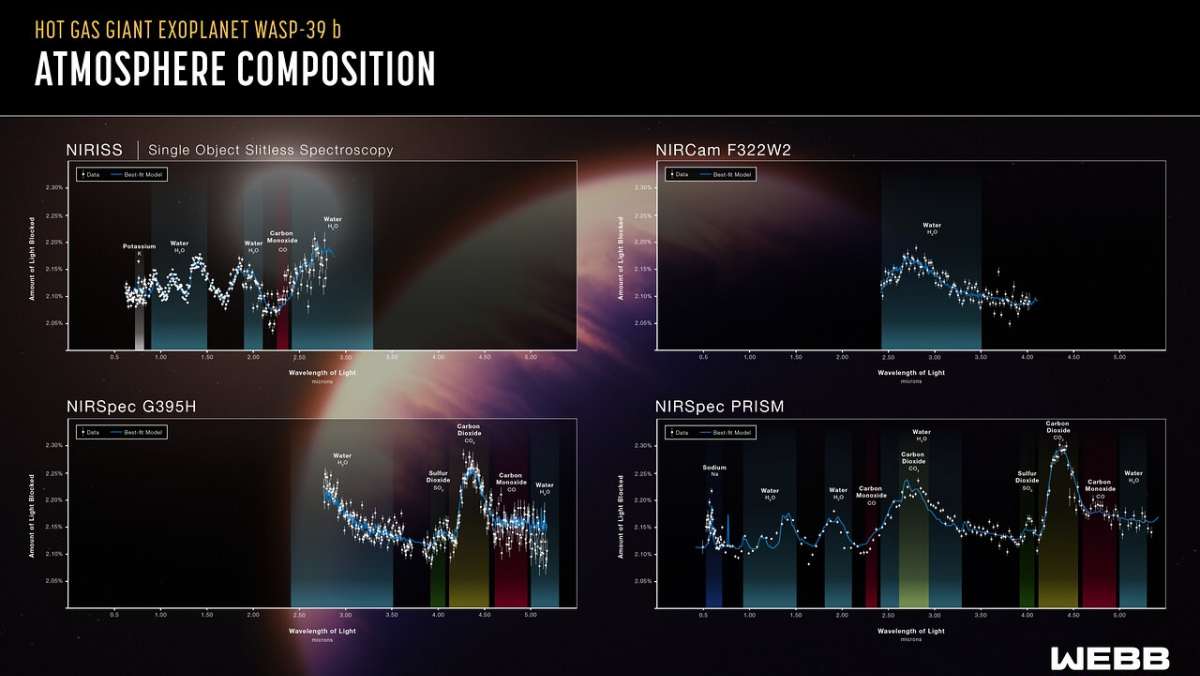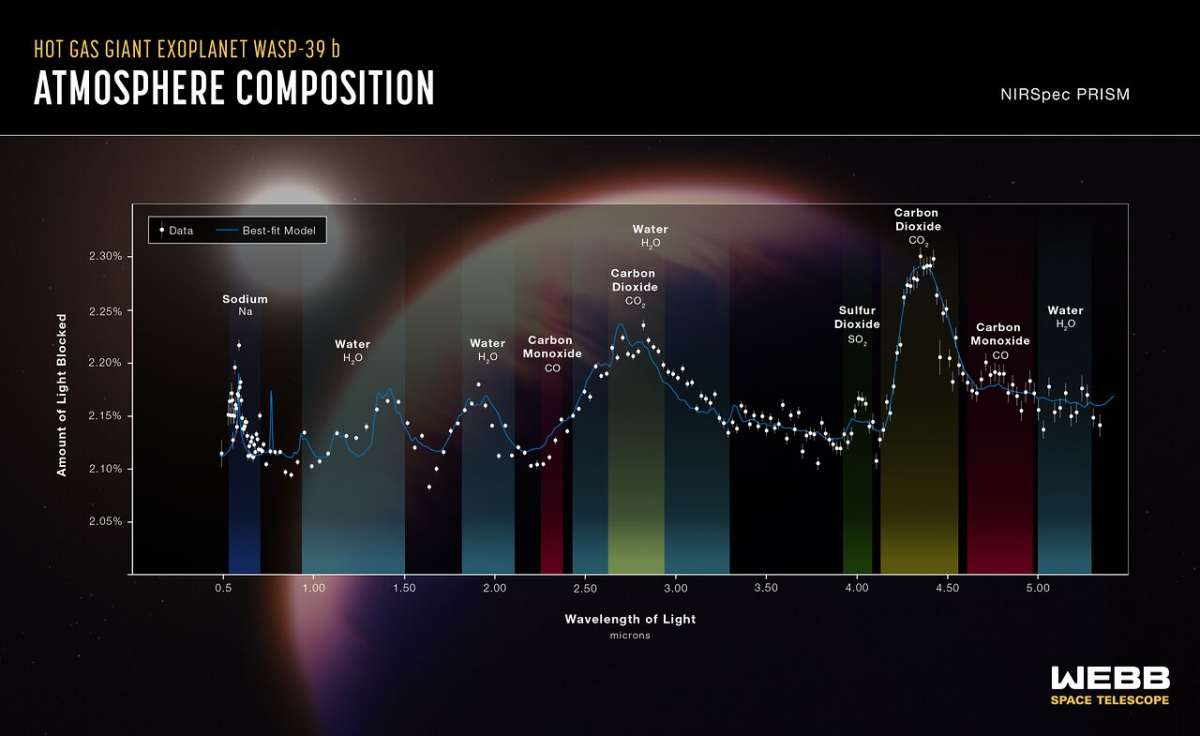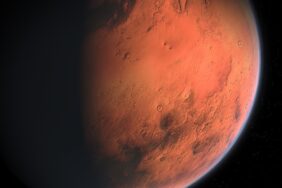James Webb Uzay Teleskobu bir ilke daha imza atarak, uzak bir dünyanın göklerindeki moleküler ve kimyasallar hakkında önemli veriler aktardı. Hubble Uzay Teleskobu da dahil olmak üzere NASA ve ESA’nın diğer uzay teleskopları daha önce bu sıcak atfosferli gezegende inceleme yapmıştı. En son veriler, gezegendeki bulutların yakından nasıl görünebileceğine dair ipucu da veriyor.

James Webb Teleskobunun kaydettiği görüntüler yardımıyla söz konusu ötegezegenin atmosferik bileşenlerinin profili çıkarıldı ve sülfür dioksit de dahil olmak üzere çok sayıda bileşen tespit edildi.

26 Ağustos’ta, Güneş Sistemi’nin dışında yer alan “WASP-39b” ötegezegeninin atmosferinde, ilk kez karbondioksit olduğu belirlenmişti.

NASA, 25 Aralık 2021’de dünyanın en büyük ve en gelişmiş uzay teleskobu James Webb’i uzaya fırlatmıştı.
NASA’nın Avrupa ve Kanada uzay ajanslarıyla ortak çalışmasının ürünü olan Webb, bugüne kadar yapılmış en büyük ve güçlü ancak 31 yaşında olan, çalışma ömrünün sonuna yaklaşan Hubble Uzay Teleskobu’nun halefi görülüyor.


















